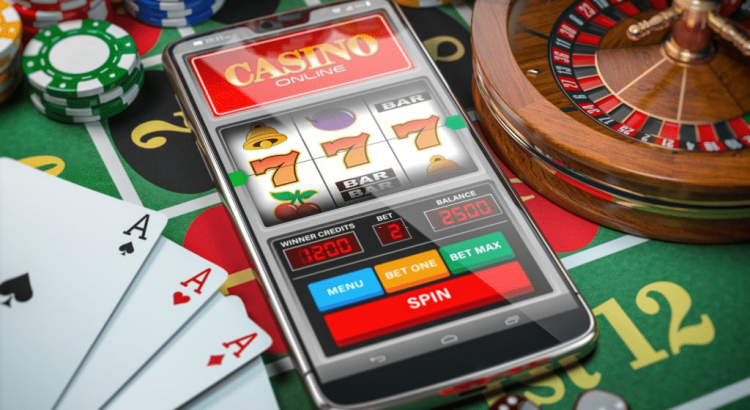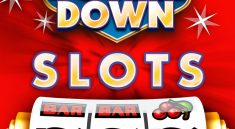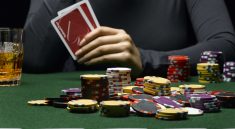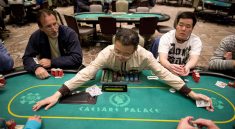After many weeks of friendly conversation involving Blackjack and other related matters, I was treated to the eye opening Blackjack Reality manual of David Morse. This time I was able to look over the section that deals with Signature Cards. As many excited readers do, I flipped to the back of the manual to see it there, but read from page 1 to 100 in proper order. I was satisfied I was in for something and could wait patiently while I read about Blackjack and it’s finer points.
You should learn the reality of the 메이저사이트 for the playing of the casino games. The playing of the games will offer more rewards and bonuses to the gamblers. You can learn about the points to have the desired results on the online reputed and trusted online gambling site.

I saw that David uses the Wong Halves count which I give credit for. I find trying to count in halves more difficult than by a whole numbered two level count, but consider it’s accuracy to be superior. I think of the Halves count as the Uston APC numbers divided by two with the Ace added to the count. Regardless, anyone who can use any of these counts is well ahead of the game and the differences are more preference than anything else.
As I learned from my first review of “Blackjack Without Tears”, a Signature Card is a card that tells the beginning of a string of high or low cards, or a group of cards mixed to some degree. What I learned from reading the Blackjack Reality manual was a combination of common sense and some tricky card following I learned about when I thought cards were for magic tricks and old men to spill drinks on. The only difference here was that it wasn’t I who would be marking the deck, it would be our very friendly lazy dealer.
I want to add here something I had been teaching myself in a more or less unstructured way. I had found myself being aware of not only what cards were left to play in one deck games at times, but also the colors of these cards. Specifically the 4 and 5 cards and the Ace’s and Face’s. In the Blackjack Reality manual there is extensive information about simple memory enhancing techniques to pin point the vital signature cards. I have no doubt that given the time a player could reach the ultimate goal of knowing each card INDIVIDUALLY in a one deck game this way. Maybe even two decks. This is not the reason for this memory work, and I do not want to detract from David’s work, just expand on the possibilities I could see for the information held within his manual.
I’m not sure how much you know about card tricks, and I don’t want to give you the idea there is some slight of hand to the Signature Card Method, but I do know that what I read works from my own experience with cards. “Pick a card, any card”. How many times have you heard that? Well, there are a few ways to make sure you know which card was taken, one of them being knowing the card on top of it or under it when it is put back in the deck. Often something as simple as looking at the card on the bottom of half the deck, you give the person the deck to cut a few times and magically show them their card. Well, the way a dealer that has been dealing for 5 hours, and maybe half his/her life shuffles, a few cuts would be harder to follow. By knowing the location of your Signature Cards, and I do say cards because there is often a few juicy opportunities to eat up during an 8 deck deal, you know when your magic is likely to take place.
Before I switched to single and double deck games, I began to think of 8 deck games as 4 – two deck games since the running count would often zero out in two or three deck intervals, seldom giving me the big opportunities I wanted with my count. This Signature Card approach can identify these little pockets of opportunity within the sections of the cards, I have no doubt in my mind of this. Though a few cards may be mixed into the area you have marked with the Signature Cards, they are there and give chance for the gains you study and play for. Again it becomes obvious that you will want to be sitting in a spot to take advantage of seeing these Signature Cards, and this would be 1st base or seat #2. For advanced players that have a greater knowledge of the decks contents it is important to be in these two seats.

The only bad thing I can say about the Blackjack Reality manual is that it was only 100 pages. I would have loved to read on into the evening either about technical tidbits or a sweet story telling summary of encouraging game play. On a more personal note, I have found dealing with David Morse a pleasure. He lacks the qualities that send up warning signs to prospective customers that have driven myself for one, and probably many others, away from the possibilities of reading excellent material such as Blackjack Reality, as well as what I am sure is lots of garbage for sale in a disguise of some sort or another.




